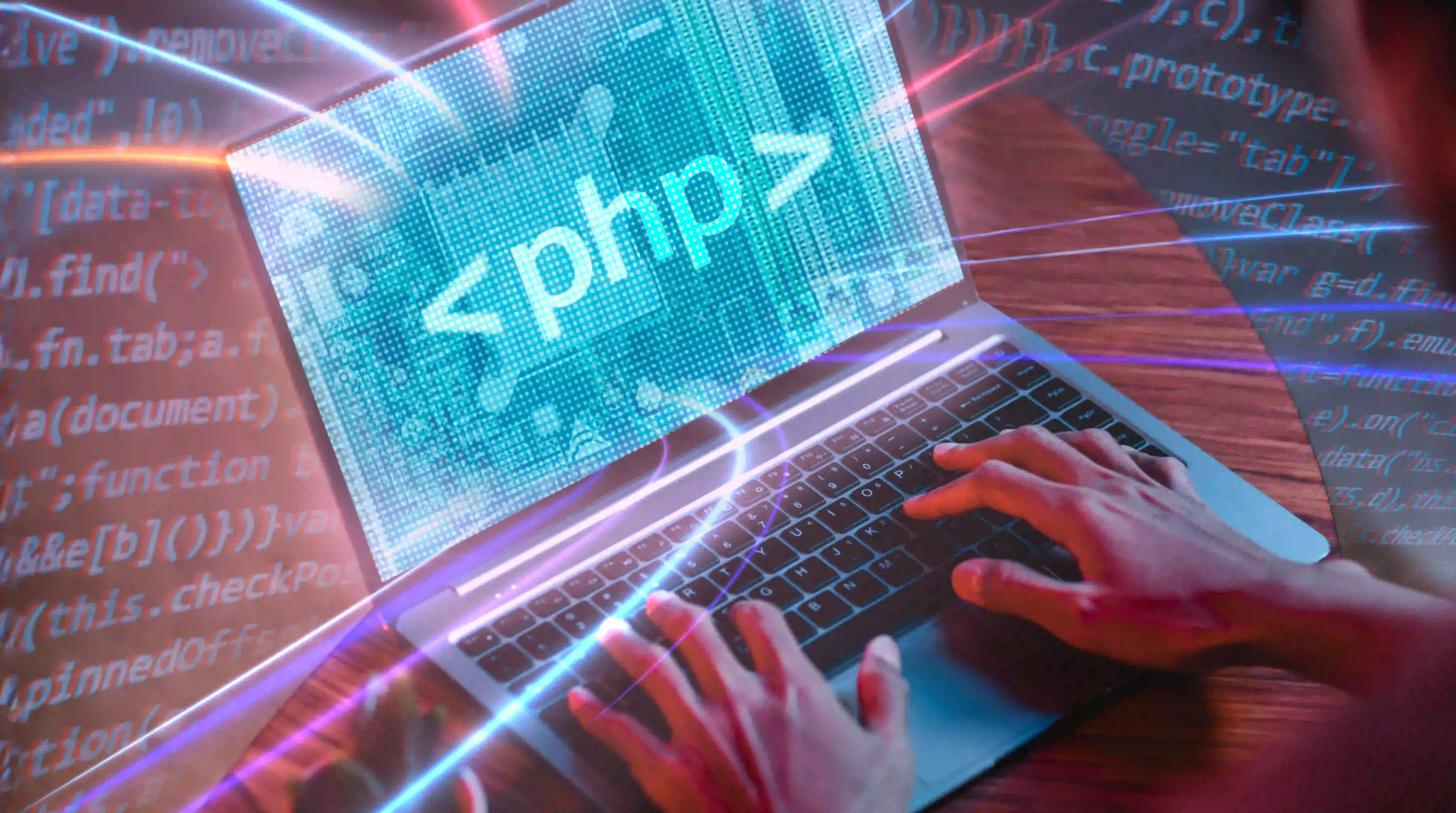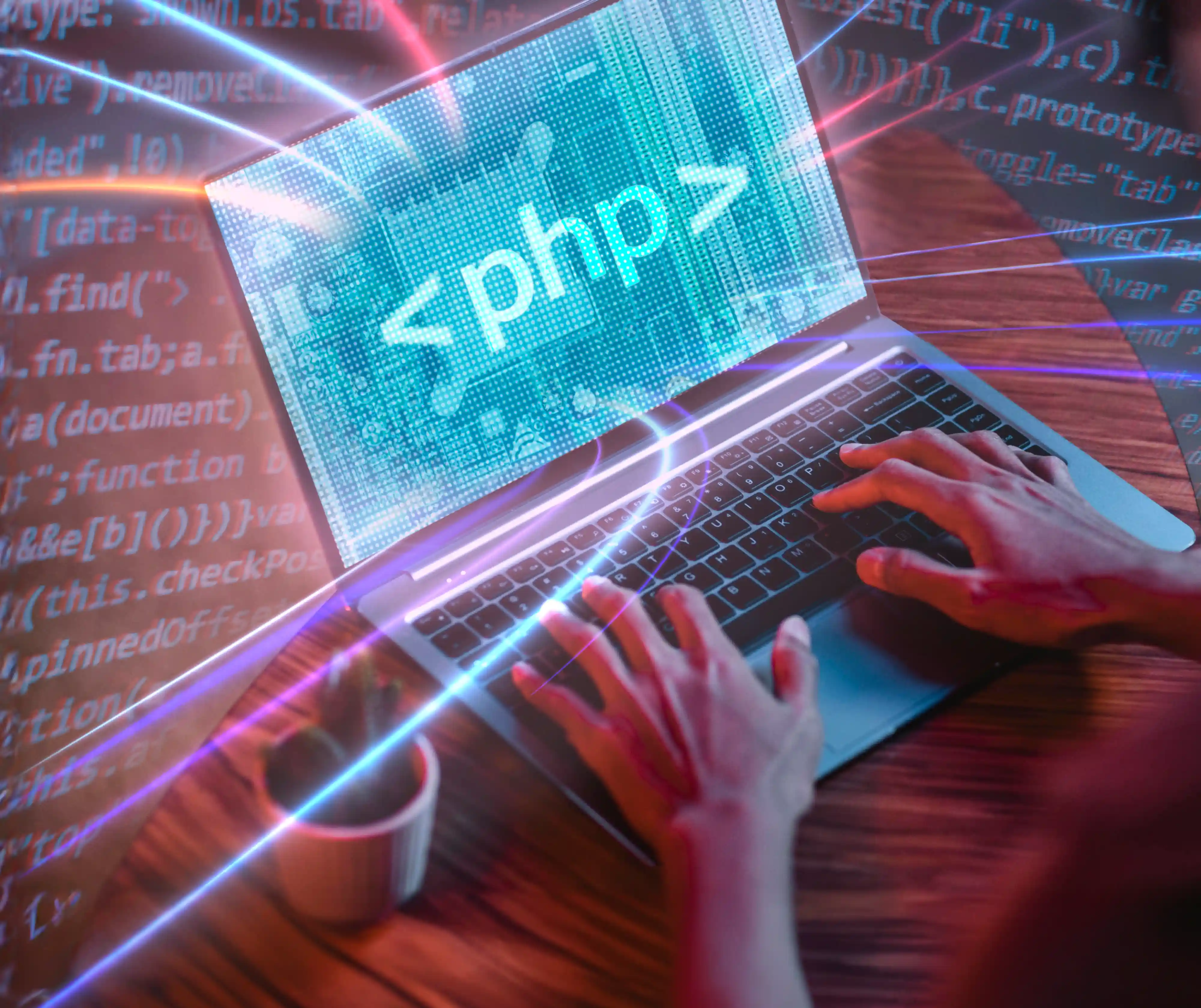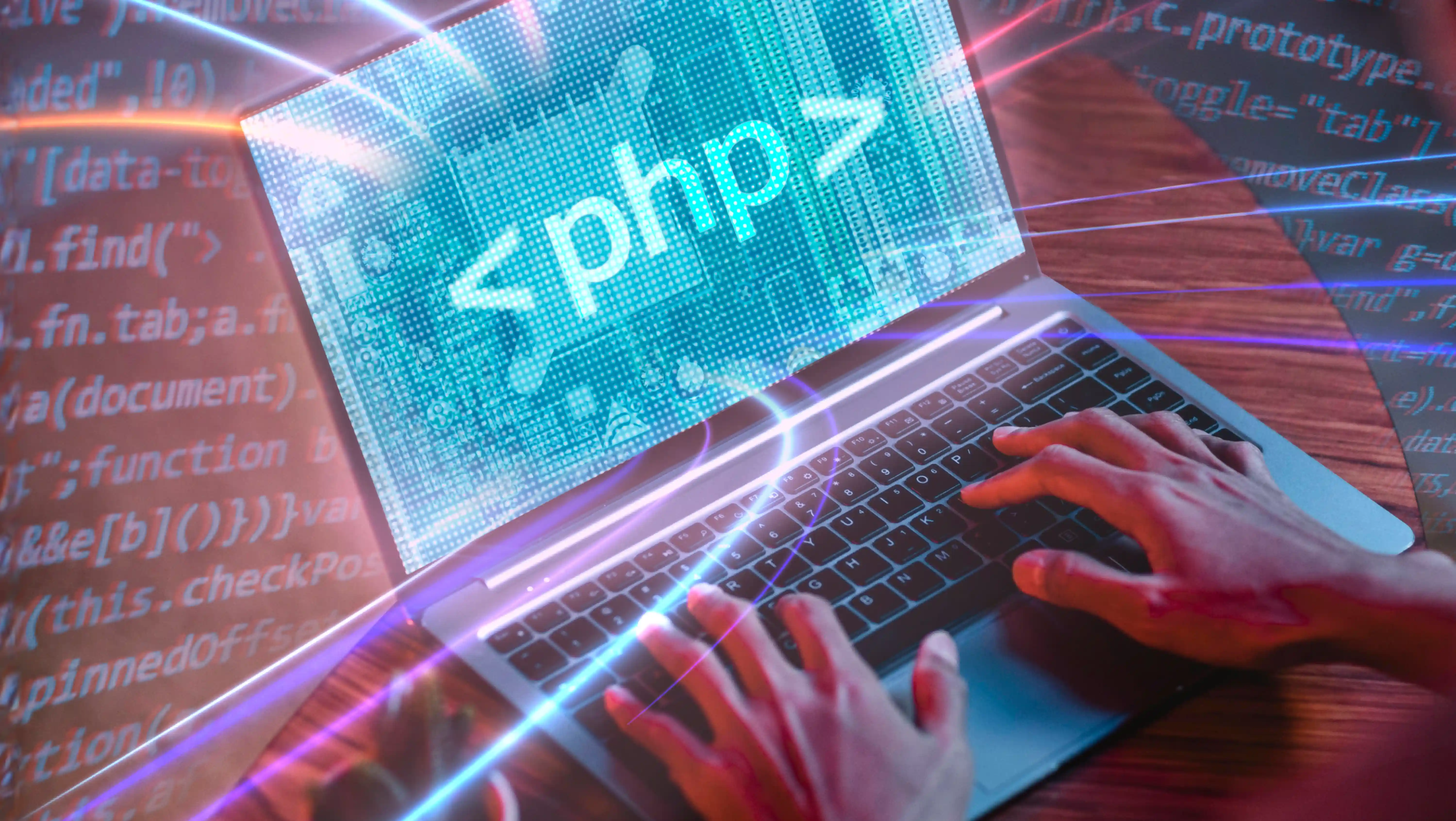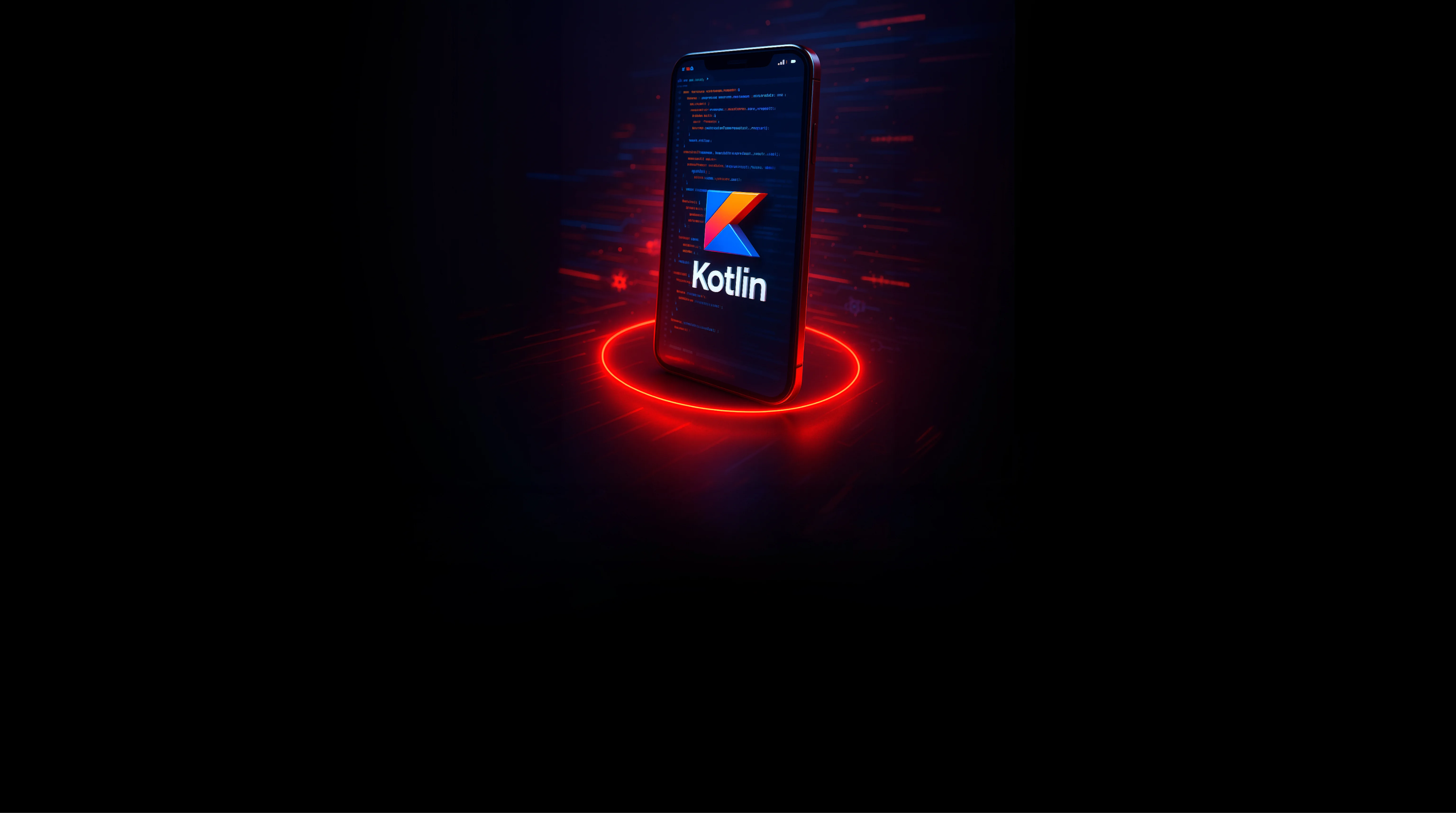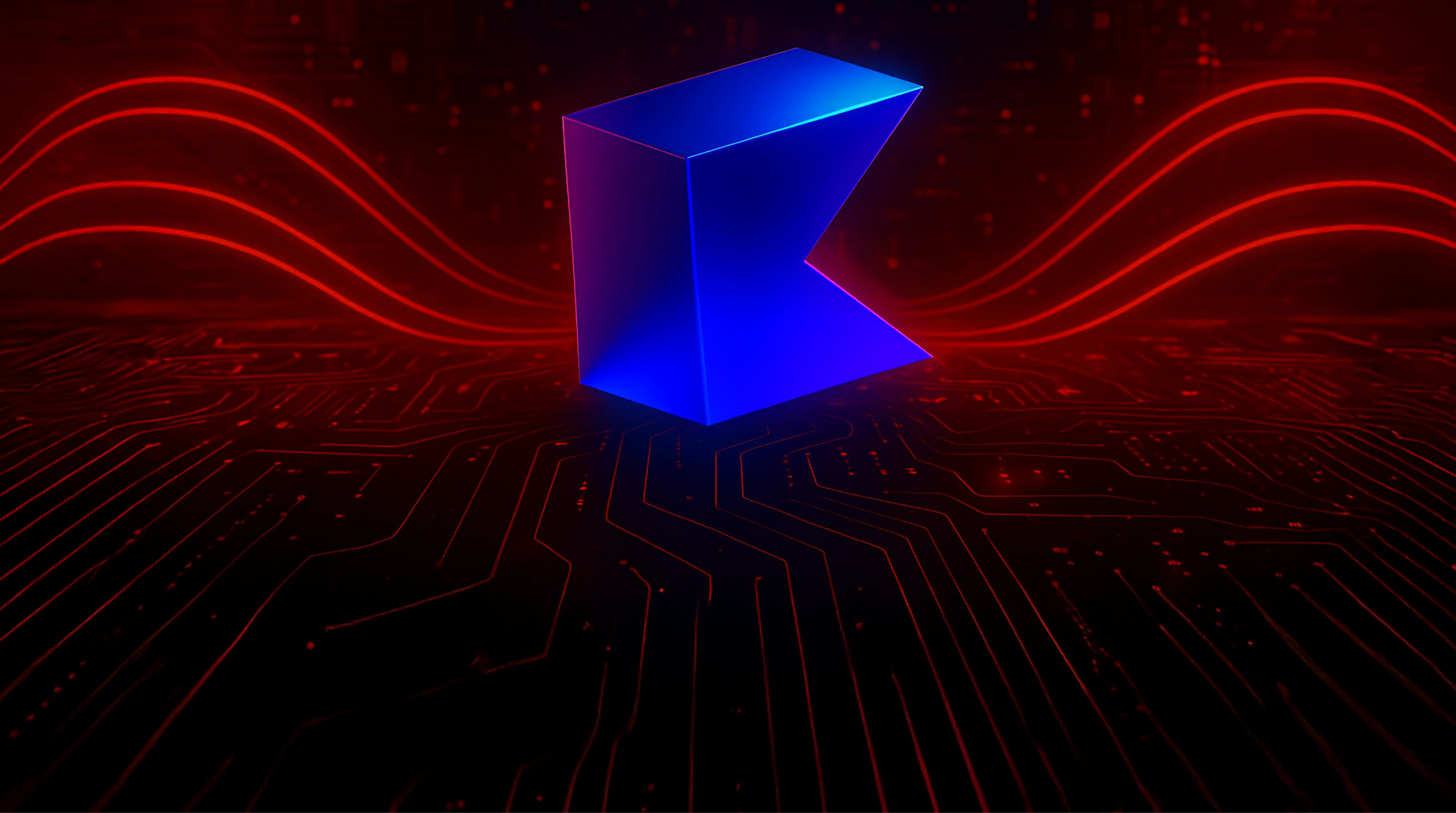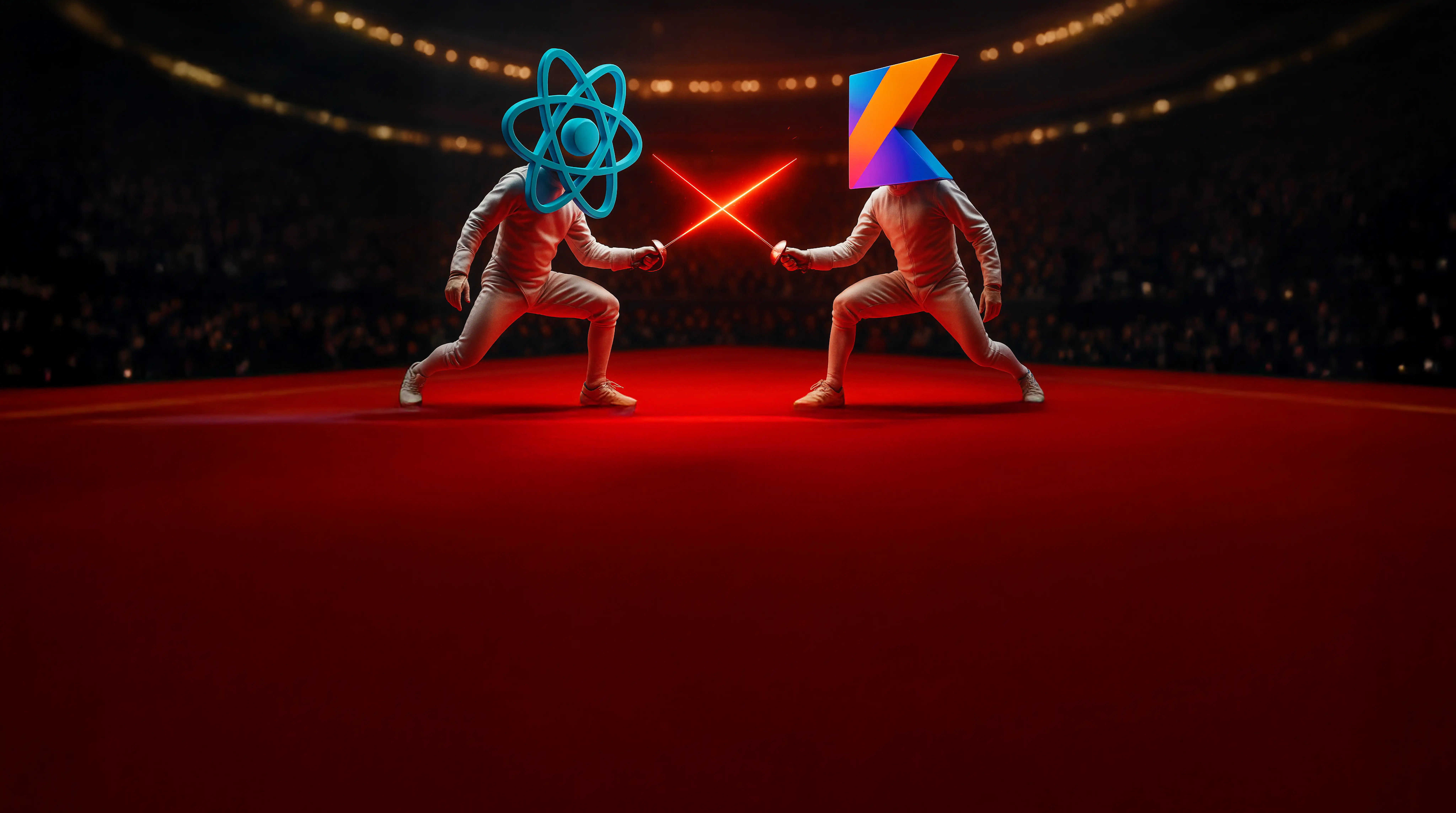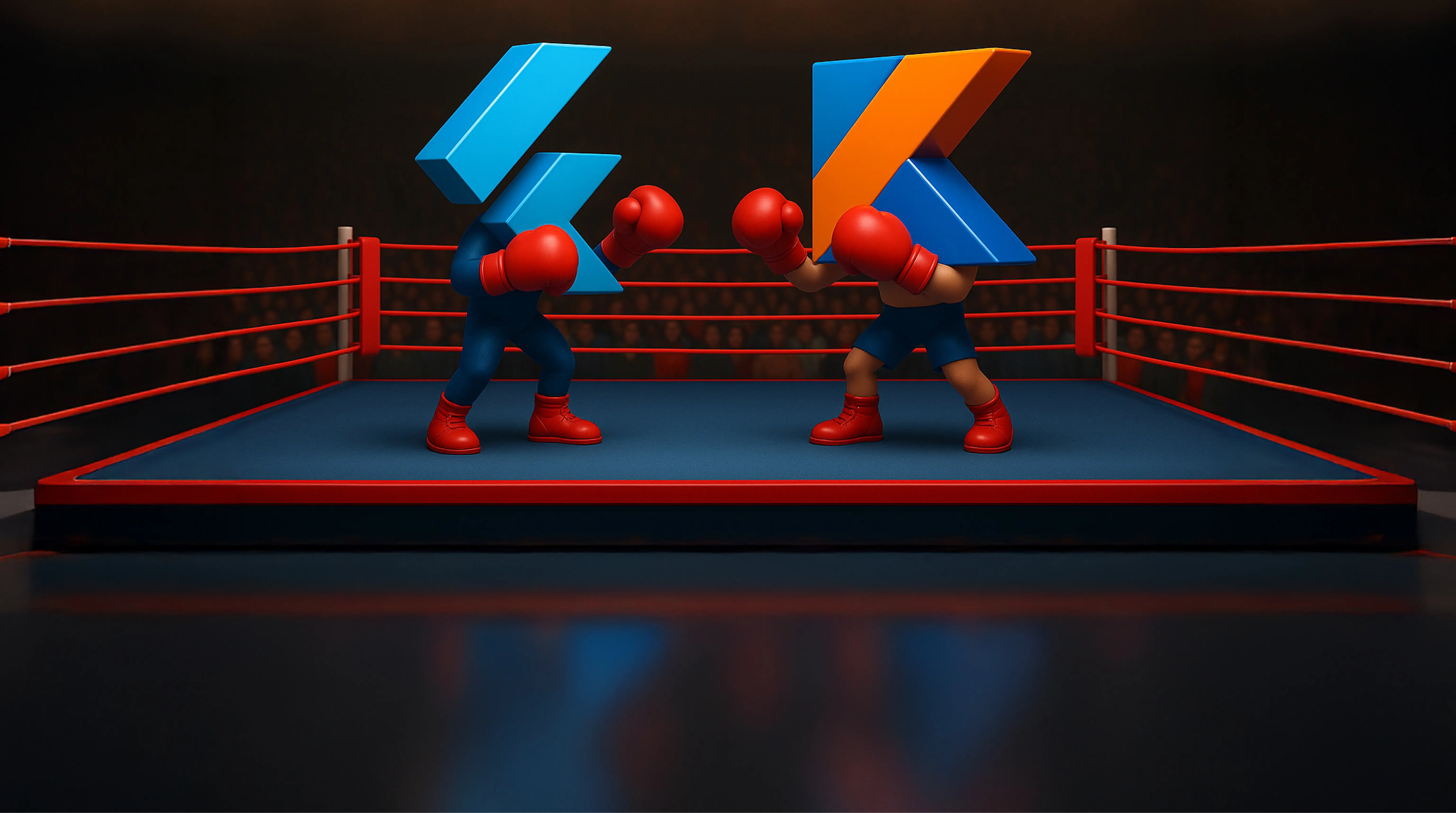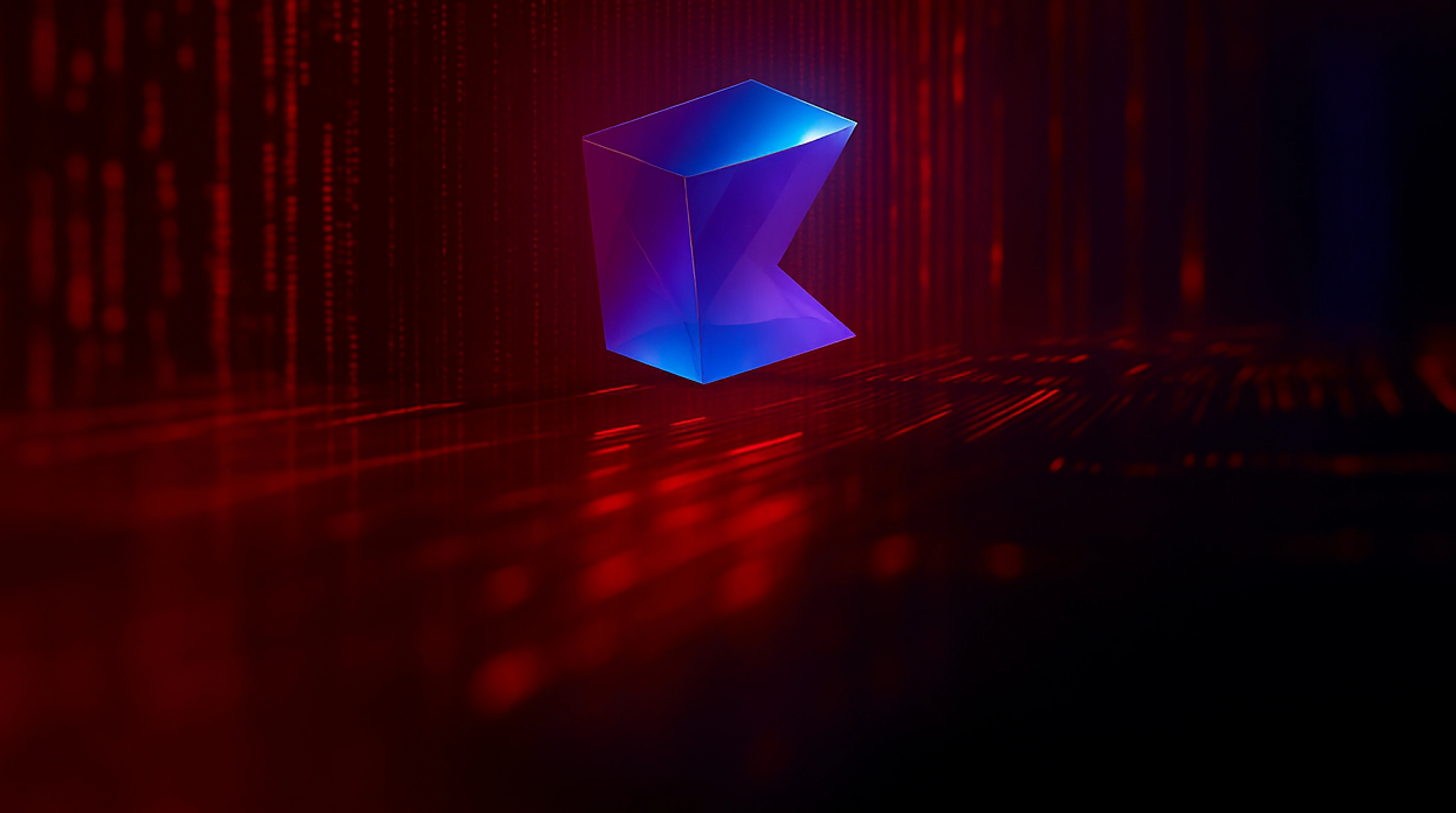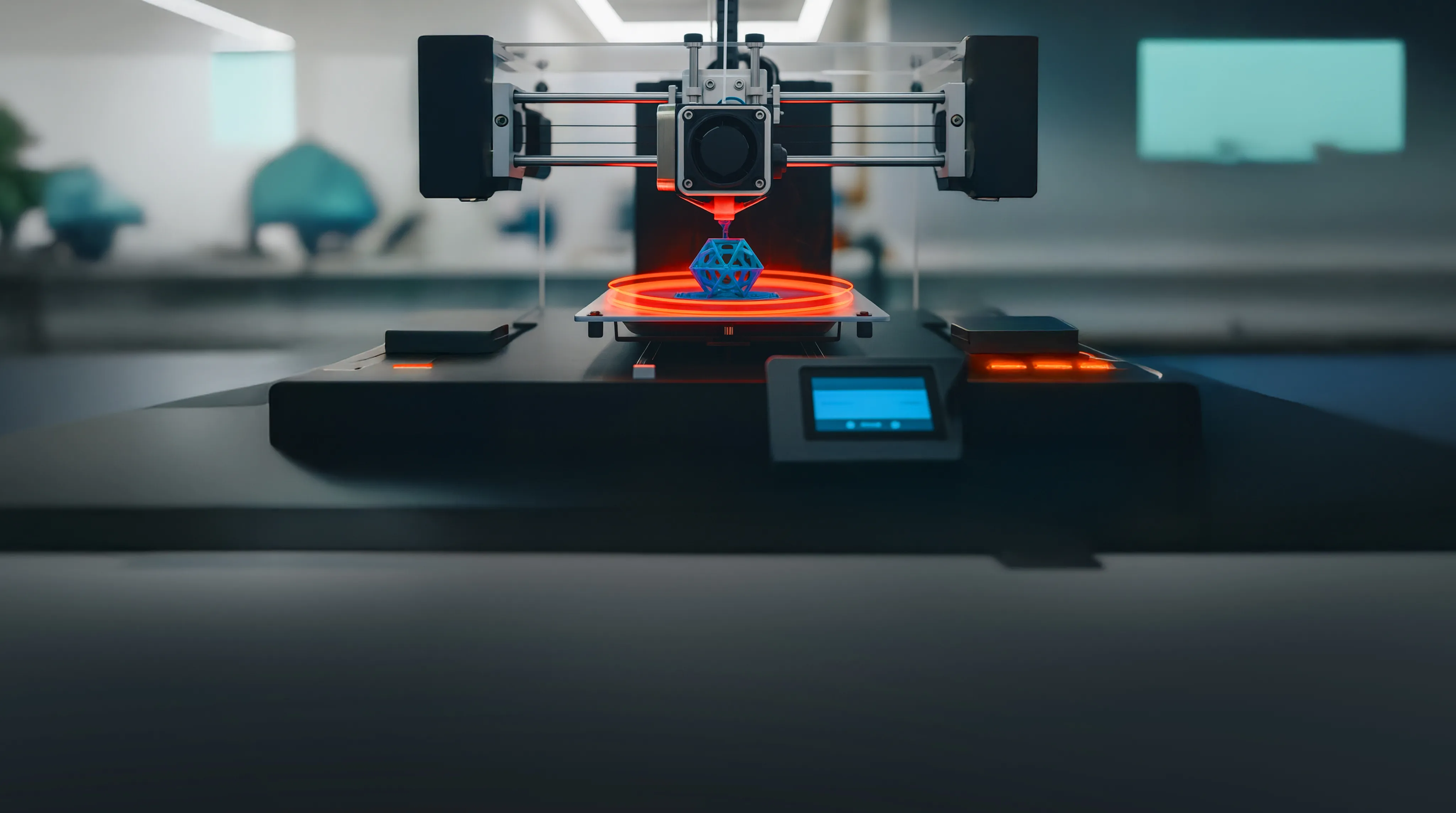Dependency Injection in PHP: A Comprehensive Overview
October 3, 2024
Introduction
PHP has been a mainstay of web development for a long time. Its versatility and ease of use make it the engine of many web components. Due to its ability of serving both small and large-scale commercial systems, PHP has become a popular choice among developers worldwide. However, the requirement for writing more organized and maintainable code grows with the complexity of PHP applications.
Here’s where Dependency Injection, or simply DI, comes in. DI is a design pattern that separates object creation from its dependencies, allowing developers to build more flexible, testable, and maintainable code. Instead of instances of classes handling their own dependencies, DI delegated the duty to external sources, fostering a clear separation of concerns.
In the case of PHP development, using DI can enhance the overall quality of the codebase significantly. It facilitates unit testing by making dependencies easily mockable or replaceable. Furthermore, DI aids in the management of complicated applications by eliminating the tight connection between components, thereby rendering the code more flexible and scalable. Leveraging Dependency Injection in applications developed with PHP allows developers to create software that’s simpler to maintain, expand, and test, guaranteeing long-term success in the applications they develop.
This blog discusses the principles of Dependency Injection (DI) in PHP, with a focus on the PHP’s DI library. It highlights the importance of DI in developing better PHP applications. The blog caters to PHP developers, software engineers, users, and decision-makers who want to improve their coding procedures and development processes by leveraging Dependency Injection.
Understanding Dependency Injection
What is Dependency Injection?
Dependency Injection is a design model in software development that manages the dependencies among objects. Instead of each object in a class developing its own dependencies, they are injected by the class constructor from an outside source, usually via the constructor or a function. This allows for a more effective separation of concerns, with each object oriented programming class focusing exclusively on its tasks and not thinking about how its dependencies are produced or managed.
Core Principles of Dependency Injection
Inversion of Control (IoC): DI is a type of Inversion of Control in which control for object creation and dependency management is shifted from the class to another source. This inversion gives the system control over how dependencies are delivered, allowing for greater flexibility in component composition.
Loose Coupling: Dependency injection enables loose coupling between classes. This means that classes rely less on the actual implementations of their dependents, making the code easier to alter and extend. Loose coupling allows components to be switched, modified, or evaluated independently of the rest of the class container or structure.
Benefits of Using Dependency Injection in PHP Projects
Simpler Unit Testing: Unit testing is made easier by DI, which enables developers to automatically inject stub or more instances of fake dependencies during the process, facilitating the isolation and quality assurance of individual components without the need for real implementations.
Improved Modularity: DI makes it possible to design reusable and modular components. Decoupling dependencies makes it simpler to reuse and maintain various application components.
Enhanced Scalability: DI facilitates codebase extension and management as applications evolve. The system is more scalable and flexible since it may be modified or added without requiring the reworking of tightly connected code.
Common Challenges Faced Without DI in PHP Applications
Tightly Coupled Code: Code that is closely connected results from classes having to create their own dependencies in the absence of DI. Because of this, it is challenging to replace or alter sections of one class of the system without also affecting other parts.
Difficult Testing: Testing gets harder when dependencies are hardcoded into classes. Unit testing is impractical without DI since it frequently requires the setup of intricate settings in order to test a single component.
Developers may overcome these obstacles and produce web applications and frameworks that are simpler to write, test, grow over time, and maintain by implementing Dependency Injection in PHP projects.
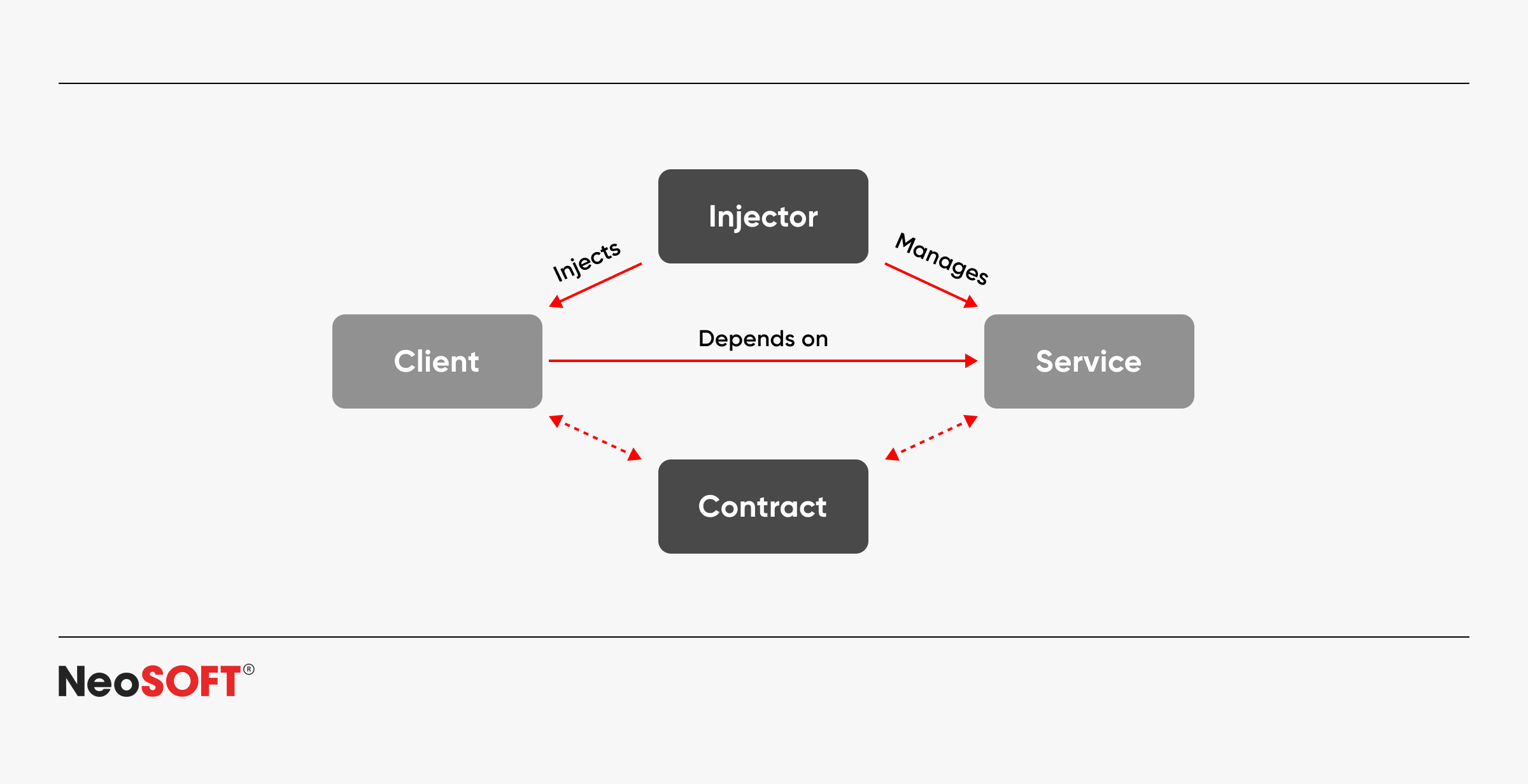
Dependency Injection in PHP
The PHP-DI Library and Its Purpose
Built exclusively for PHP applications, this library is a potent Dependency Injection container. Solving and injecting dependencies automatically serves the main goal of the container: making managing dependencies within a PHP application easier. With the help of this container library, PHP developers may eliminate the headache of manually managing object generation and configuration of database dependencies and concentrate on creating application logic.
Key Features
- Autowiring: Dependencies can be automatically created, resolved, and injected without requiring explicit user configuration. Because there is less boilerplate code needed for users to create and wire dependencies, this function saves time and effort for PHP developers and users.
- Dependency Configuration: Developers can decide the way dependencies should be solved, altered, or overridden, giving them greater flexibility in dependency setting. This is a powerful tool, especially helpful for complex applications and instances where it may be necessary to employ different renditions of the same database interface.
- Annotations and PHP Definitions: Annotations are supported by the library, enabling developers to specify dependencies right in their class code. It also provides PHP-based configuration, which gives developers greater authority on the dependency injection process by allowing them to define the class name and dependencies in the PHP files.
- Compatibility with Existing Frameworks: Popular PHP frameworks such as Laravel, Zend Framework, and Symfony can easily be integrated with this library. This makes it a flexible choice for developers who are already involved in these ecosystems and frameworks, allowing them to incorporate DI capabilities without having to make major modifications to their current project or codebase.
Why Choose PHP’s DI library?
- Ease of Use: Developers will find dependency injection to be user-friendly, with a simple setup and low configuration needs. Because of its annotation and autowiring features, less boilerplate code is required, which makes it simple to use even for smaller applications.
- Flexibility: The customizable parameters enable it to adjust to different project requirements. It may support your preferred development method, be it PHP-based configuration, annotations, or a combination of both.
- Performance: The library is performance-optimized despite its simplicity. It has an array of features like efficient autowiring and caching to make sure the DI process does not slow down the application as it grows.
- Community and Documentation: With its robust documentation and vibrant community, the library helps developers locate resources and support more easily when integrating DI into their applications.
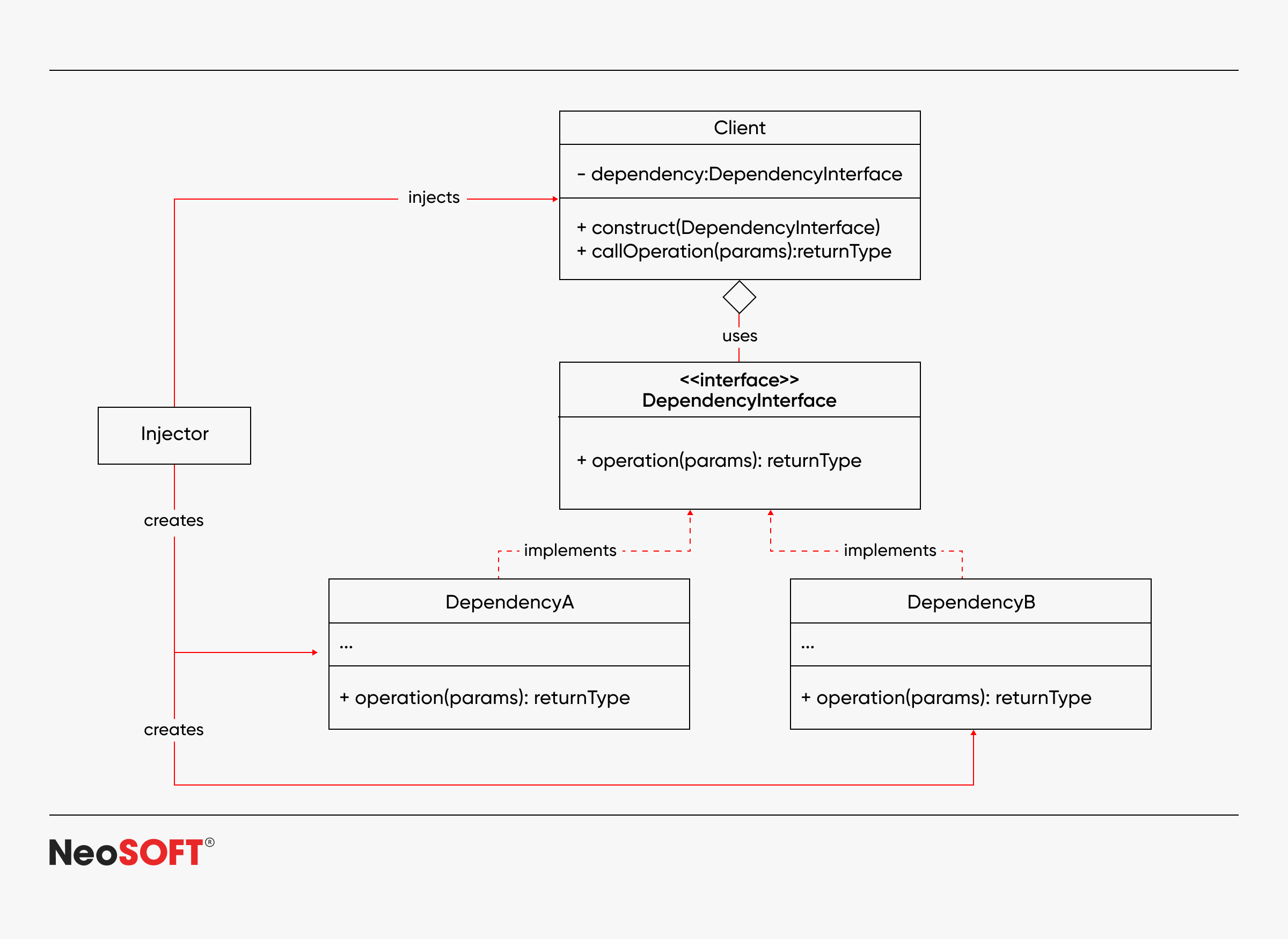
Stacking PHP-DI Against Competitors
There are various PHP frameworks and libraries for Dependency Injection, each with its own set of advantages and disadvantages. Here’s a brief comparison of this library to other popular DI solutions, with frameworks like Symfony DI, Pimple, and Laravel’s IoC container.
PHP vs. Symfony DI
Pros
- PHP’s DI library is noted for its straightforward and developer-friendly interface, which makes it simple to set up and use, even when developing smaller applications. Symfony’s DI container, while strong, can be more difficult to configure and necessitate more boilerplate code.
- PHP-DI specializes in autowiring and solving dependencies requiring little setup. Symfony, while it offers autowiring, usually requires a more specific configuration, especially in larger projects.
Cons
- Symfony’s DI container is more than capable of handling sophisticated use scenarios. It offers increased flexibility and extremely fine-grained control over dependency management, and this may be required for very big or complicated applications.
- Symfony’s DI library is tightly linked with the Symfony structure, making it the best option for Symfony-based projects. In contrast, PHP-DI is framework-agnostic and may or may not be helpful, depending on your project.
PHP vs. Pimple
Pros
- PHP-DI is more suitable for bigger applications that necessitate advanced dependency handling and autowiring features. Pimple, although lightweight and simple to use, is better suited for small projects with limited DI requirements.
- PHP’s DI library includes more capabilities such as autowiring, annotations, and caching, making it a more comprehensive option for complex projects than Pimple’s simpler, manual approach to handling dependencies.
Cons
- Pimple, being a lightweight container, is quicker and has a smaller memory footprint than PHP-DI, making it a great option for microservices or small applications wherein performance is crucial, and the dependency network is straightforward.
- For developers who only require a basic DI container, PHP’s DI library may seem like overkill, whereas Pimple’s simplicity makes it simpler to learn and implement for modest use cases.
PHP vs. Laravel IoC
Pros
- Unlike Laravel’s IoC container, which is tightly integrated with the Laravel framework, PHP’s DI library is not framework-specific. This makes it more adaptable for projects that do not rely on a specific PHP framework.
- PHP-DI’s autowiring is more natural than Laravel’s IoC container, which frequently requires manual PHP service configuration and registration.
Cons
- If you operate within the Laravel ecosystem, the built-in IoC container is more tightly linked with other Laravel services, resulting in a more seamless experience. Laravel’s container is designed specifically for Laravel applications, making it a better fit for developers who are familiar with the framework.
- Laravel’s IoC container offers more hooks and customization options for developers who are deeply committed to the framework, which may not be as available with PHP’s DI framework.
Advantages of Using Dependency Injection in PHP
Enhancing Scalability and Flexibility
Scalability and flexibility in large-scale applications are based upon effective dependency injection containers and management. As the system expands, it will be easy to modify and extend since a strong dependency injection container creates a clear division between components. The above approach guarantees the seamless integration of additional functions or the incorporation of new features while maintaining the system’s flexibility to accommodate evolving business needs.
Improved Project Function
A DI container simplifies the management of various components of complicated e-commerce systems that have several modules, such as user accounts, inventory management, and payment gateways. Developers can change or replace components – like incorporating another database or payment provider – without impacting the system as a whole by injecting dependencies instead of hardcoding them.
A Dependency Injection container aids in the management of dependencies between third-party plugins and core capabilities in big CMS platforms and frameworks that have multiple plugins and extensions. This modular container design method also makes it simpler to add or remove plugins and improves core system testing and maintenance.
A Dependency Injection makes it easier to organize and handle complicated business logic and several interrelated modules seen in ERP systems. As developers can easily create and integrate new database modules and handle changes to the business logic, maintainability is enhanced by this method of configuration.
Implications for Performance and Optimization
A well-designed DI container provides a number of optimizations to guarantee that dependency injection does not degrade performance:
- Caching: Includes techniques for storing resolved dependencies, which reduces the complexity of object creation and dependency resolution for subsequent requests. This improvement is especially useful in large-scale applications where handling dependencies can be resource-expensive.
- Lazy Loading: Supports lazy loading, which creates dependencies only when they are required. This feature minimizes the application’s initial load time while improving overall responsiveness.
- Optimized Autowiring: The autowiring is optimized to resolve and inject dependencies quickly, reducing the performance impact caused by managing complex dependency graphs.
- Custom Factories and Providers: Allows the usage of bespoke factories and providers for cases that require particular handling or optimization, improving performance and flexibility.
Enterprise-level systems can improve scalability and performance by implementing a strong Dependency Injection solution. Its advanced capabilities and optimizations make it a useful tool for managing dependencies in complicated and changing software systems.
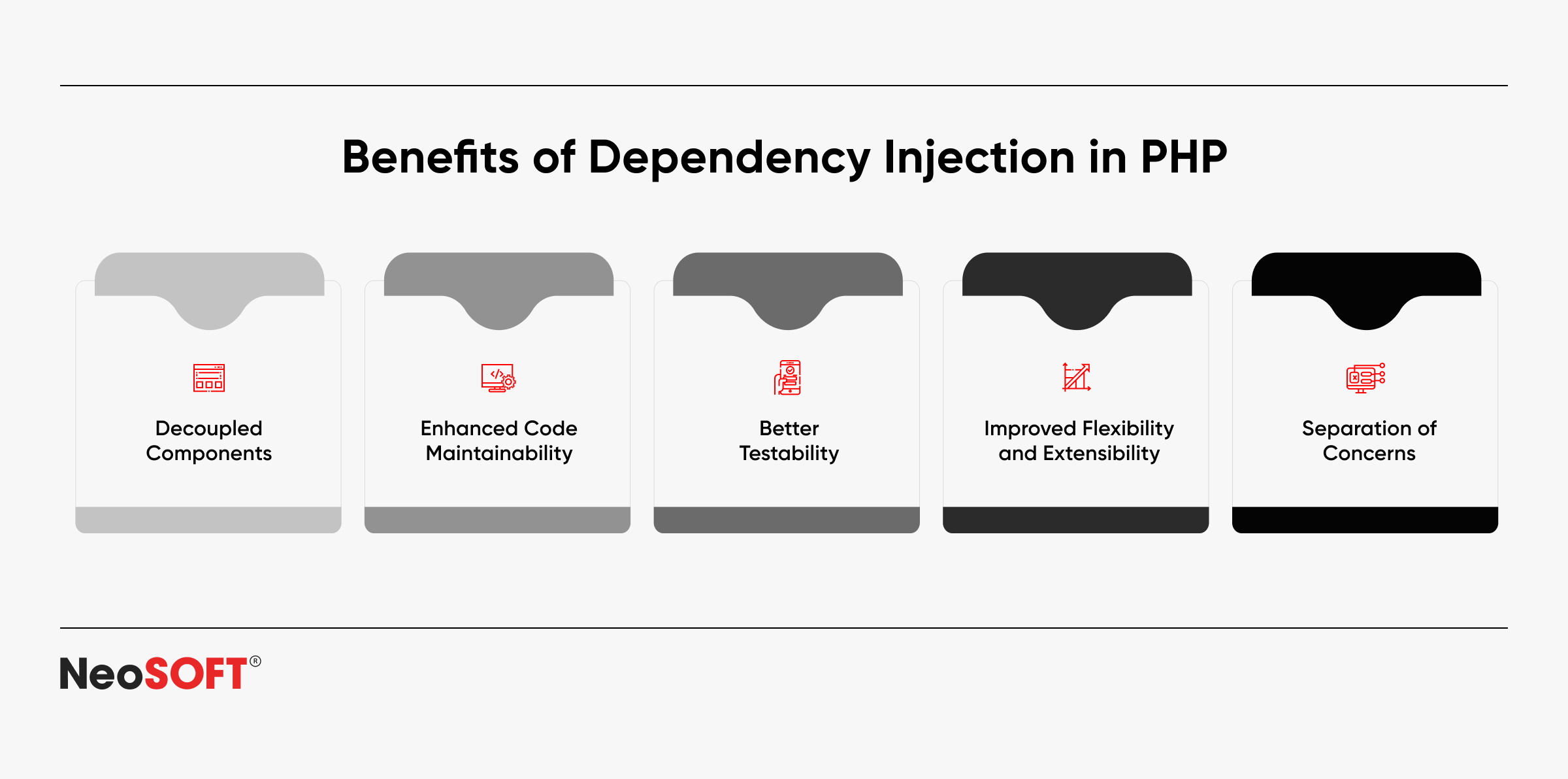
Conclusion
Dependency Injection is an important design pattern which enhances the framework, reliability, and testability of PHP programs. By separating components and simplifying dependency management, DI allows PHP developers to build code that is simpler, more scalable, and more adaptive.
PHP-DI stands out as an excellent option for implementing Dependency Injection in PHP. Its ease of use, extensive autowiring features, and framework-agnostic flexibility enable PHP developers to manage complicated systems efficiently and with minimal configuration. Whether one is developing a simple web app or an enterprise-level solution, it provides the level of performance and scalability needed for long-term success.
For PHP developers and businesses looking to create reliable and manageable PHP applications, implementing Dependency Injection with PHP-DI is a great option. If you’re ready to boost your development process, contact NeoSOFT via info@neosofttech.com for experienced PHP programming and consulting services. Let us support you in developing scalable, high-performance apps that match your changing business needs.






